Travel Photography: Where To Go in July
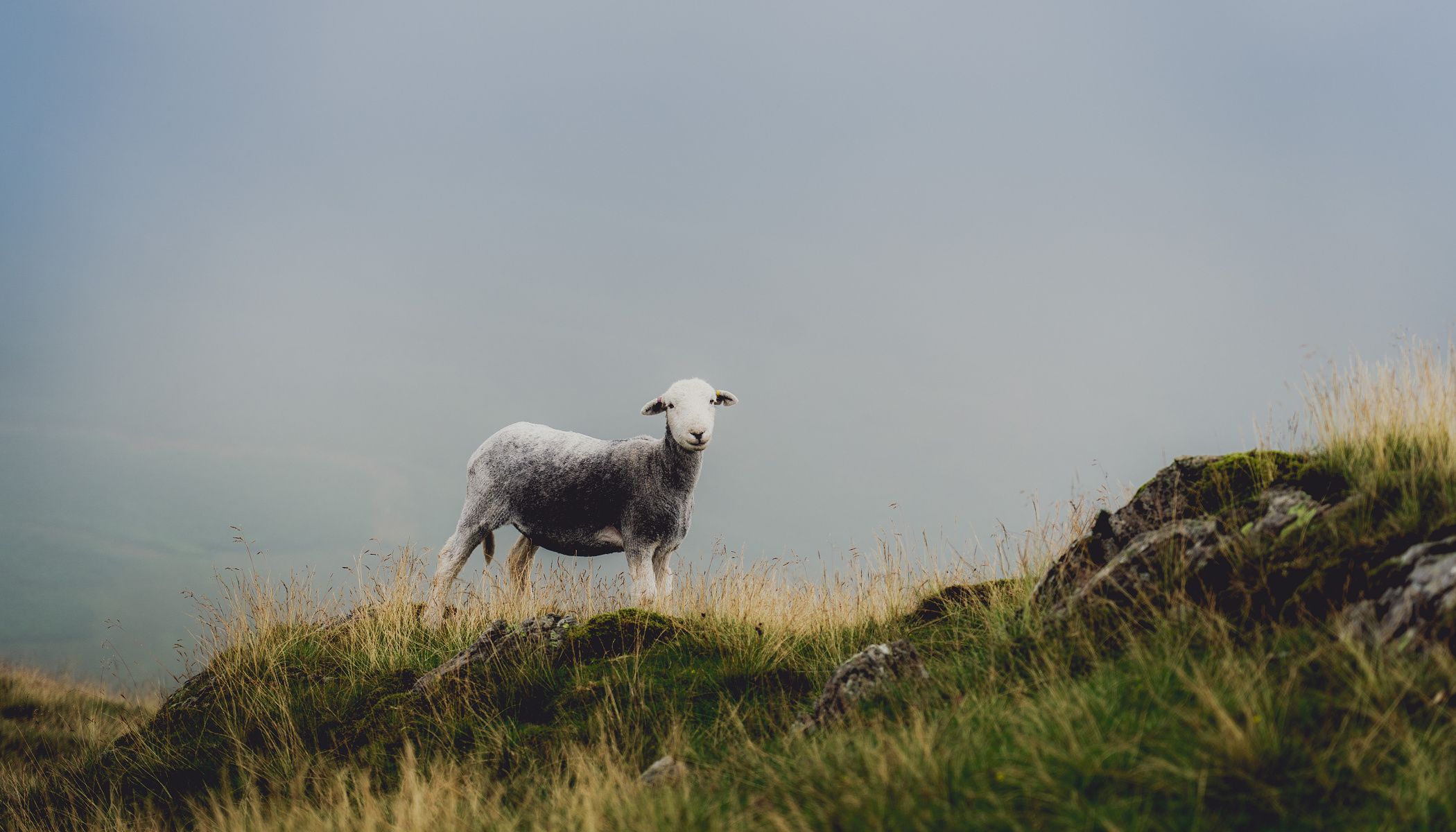
July is one of the main vacation months for Europeans. But as heatwaves sweep across much of the continent, many travelers find it hard to choose a destination. Soaring temperatures often dictate how much we’re willing to explore with a camera. Instead of taking pictures, we end up cooling off in the shade of a palm tree with an ice-cold beer. Where can you go if beach photos aren’t your thing? The answer is simple. Pack light and head for the mountains. July is one of the best times to visit them. The higher and farther north you go, the better.
Most of the destinations on this list are centered around mountains. First up is Norway’s Jotunheimen National Park, which is practically synonymous with wild Nordic landscapes. If hiking isn’t your thing, consider Vancouver, where you can enjoy mountains, the sea, and the city in one place without much effort. Another interesting national park is Bjelašnica in Bosnia and Herzegovina. It’s not really cool in July, but the rich experiences more than make up for it. Similar to Bjelašnica, Piz Boè in the Dolomites is closer to home. Also, it’s a relatively easy 3,000-meter peak with beautiful views. And for something a bit less crowded, there’s the Low Tatras, which are a quieter alternative to the overcrowded High Tatras.
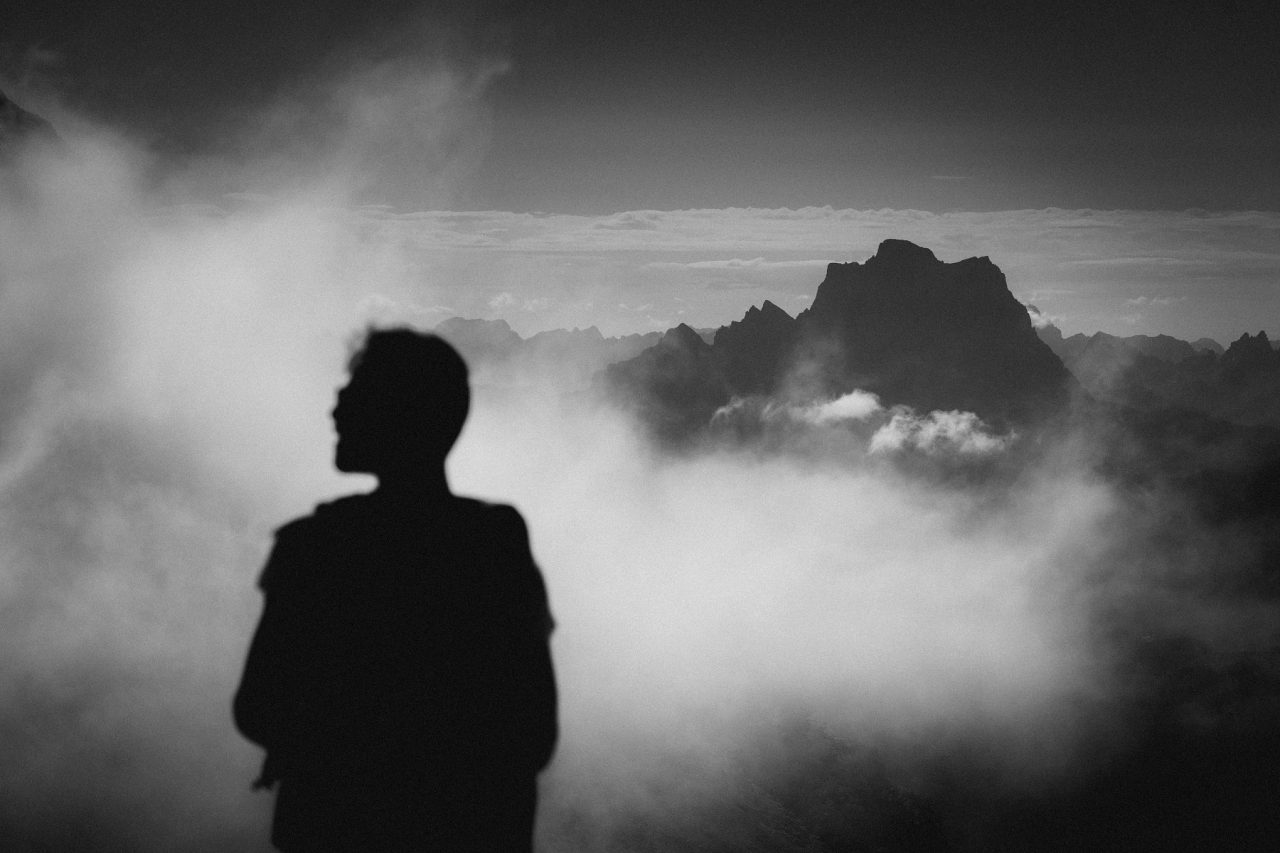
1. Jotunheimen National Park, Norway
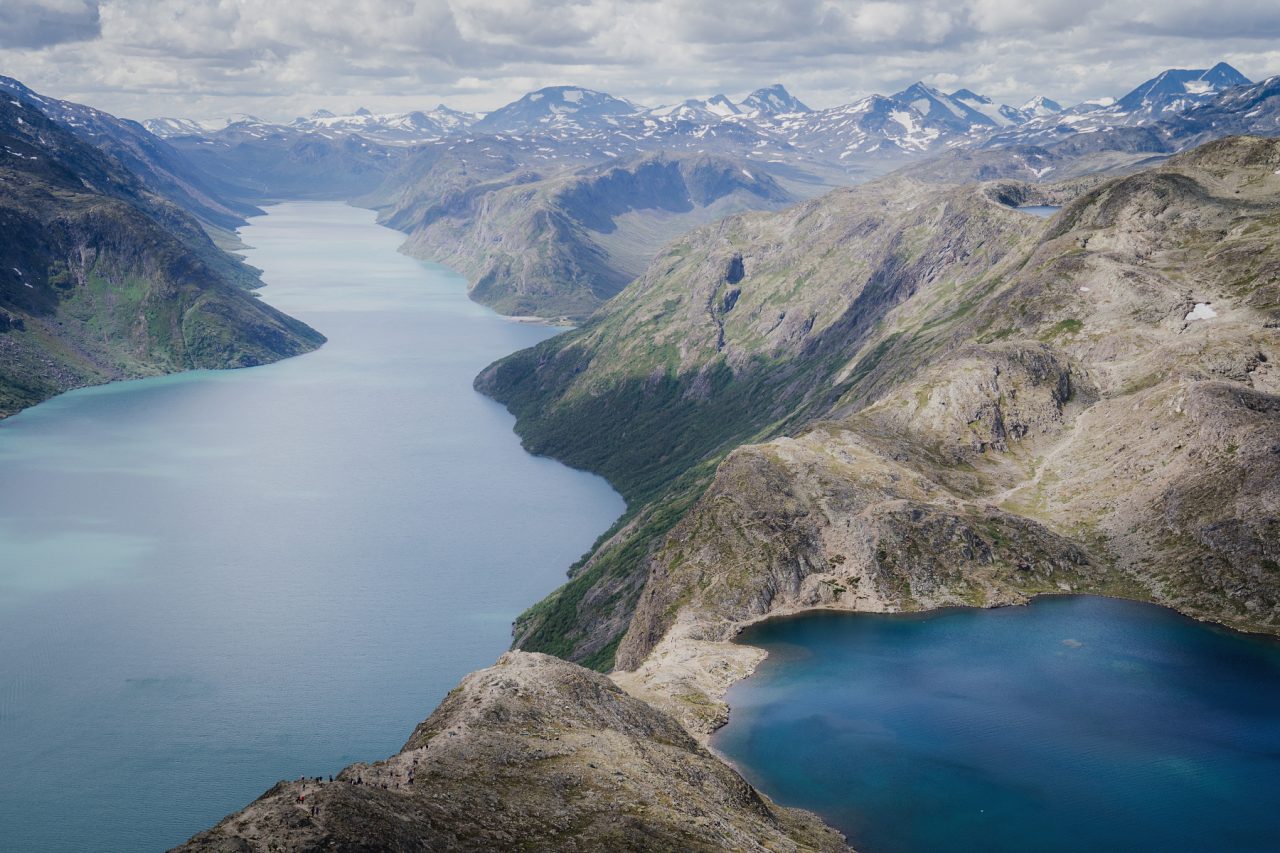
The most popular hike in Jotunheimen is the Besseggen mountain ridge. It’s a real adventure with ever-changing views. The highlight is the view of Lake Gjende and Lake Bessvatnet. What makes it unique is that Lake Gjende lies nearly 400 meters below Lake Bessvatnet, and while Lake Bessvatnet is deep blue, Lake Gjende appears green due to its glacial sediment. The key factor for your photos is the light. Direct sunlight, clouds, and fog greatly affect the experience and outcome. The distinct color differences of the lakes are best seen in sunny weather, but fog adds a wonderful atmosphere to the landscape. Just don’t expect solitude, as it’s one of Norway’s most popular tourist destinations.
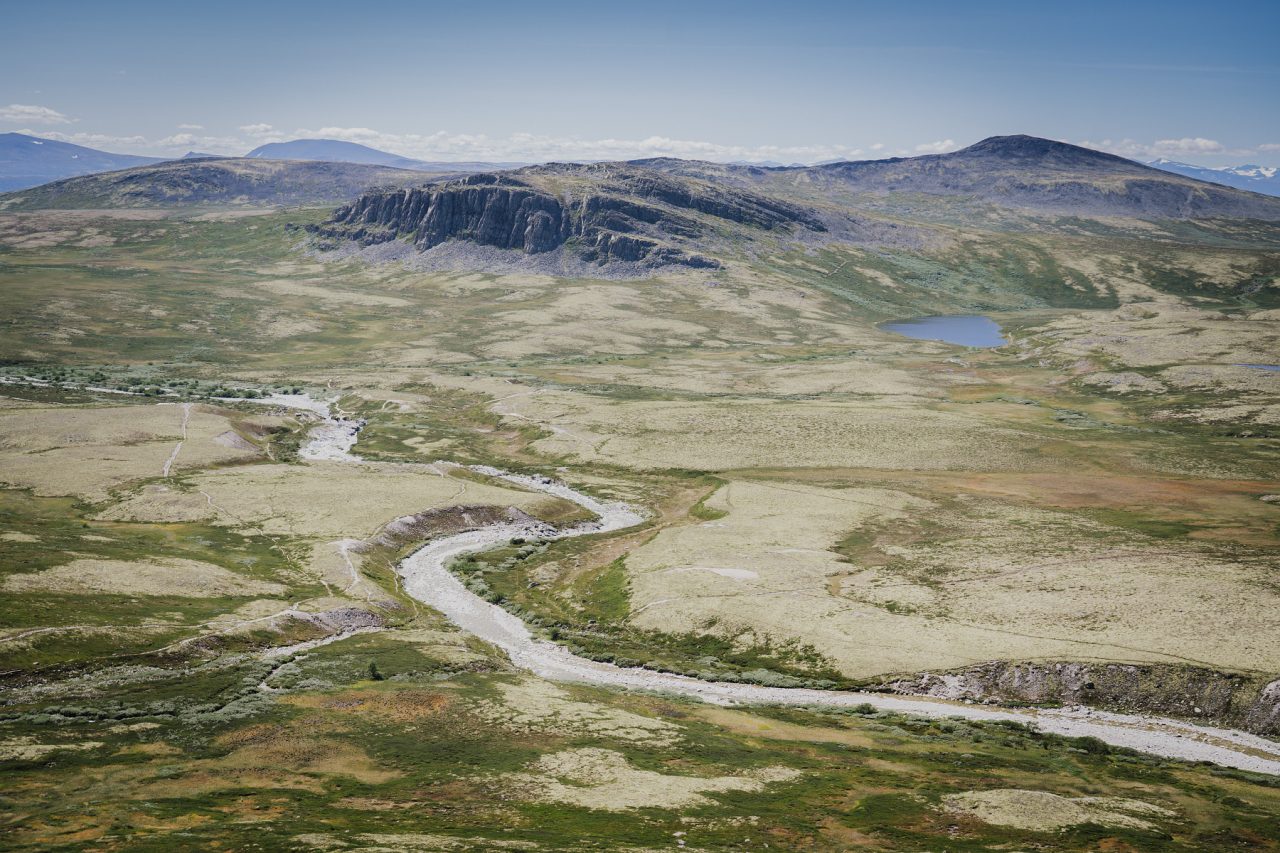
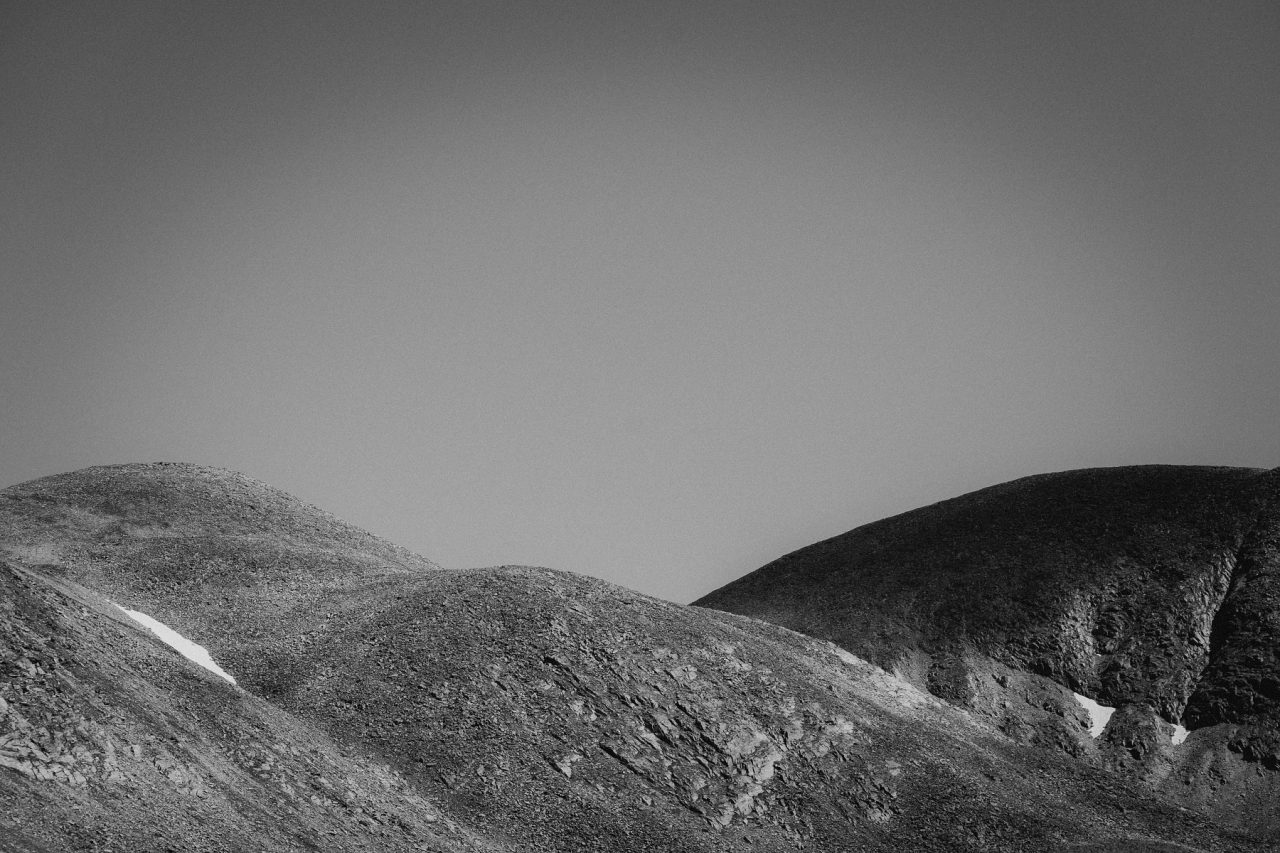
Jotunheimen is more than just Bessegen and a few other famous spots. The best way to capture the beauty of this extraordinary landscape is to take a multi-day hike. Apart from changing light and shifting weather conditions, you’ll get more into the heart of the mountains and discover hidden corners of the park without the crowds.
2. Vancouver, Canada
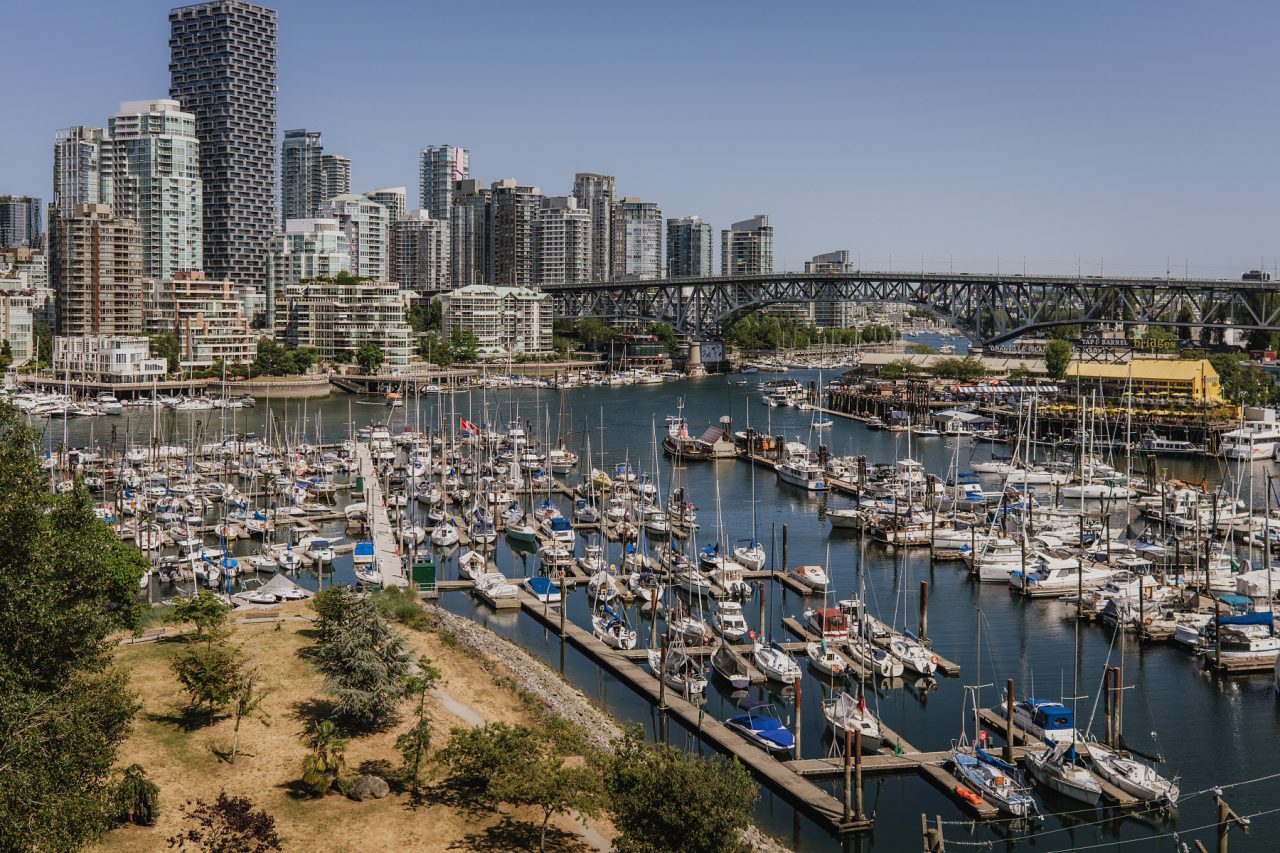
If you’re looking for a mix of a vibrant city, ocean views, interesting architecture, beautiful scenery, and reasonable temperatures, you’ll find this paradise on Canada’s west coast. Modern Vancouver is surrounded by a wall of mountains and bordered by the Pacific Ocean. Once you’ve had your fill of architecture, head to one of the city’s northern suburbs and you’ll find yourself in dense coniferous forests where you can even come face-to-face with a black bear.
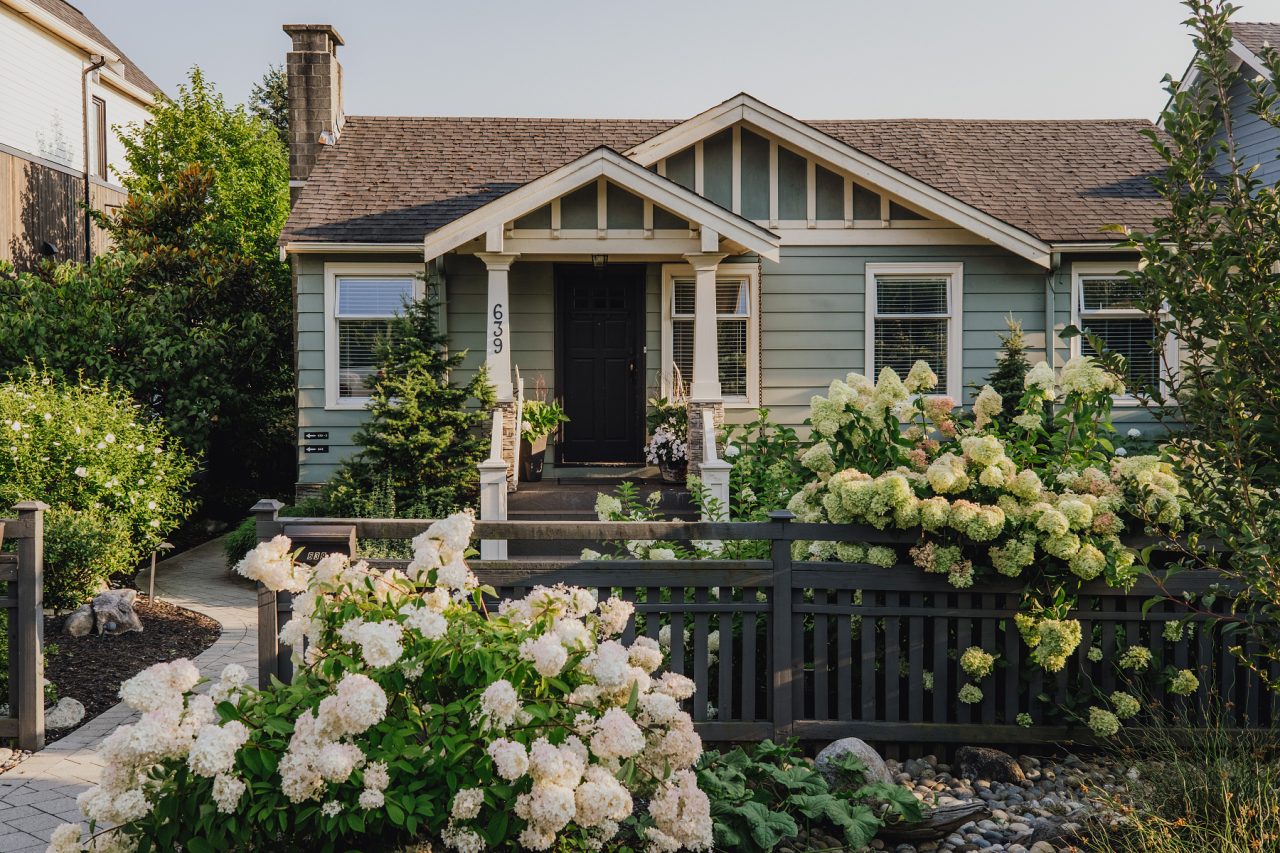
Vancouver is exceptionally green. You’ll find vegetation between buildings, on rooftops, and all around the residential neighborhoods. The city is also home to the third-largest park in North America, Stanley Park. Covering nearly 400 hectares, it’s best explored by bike.
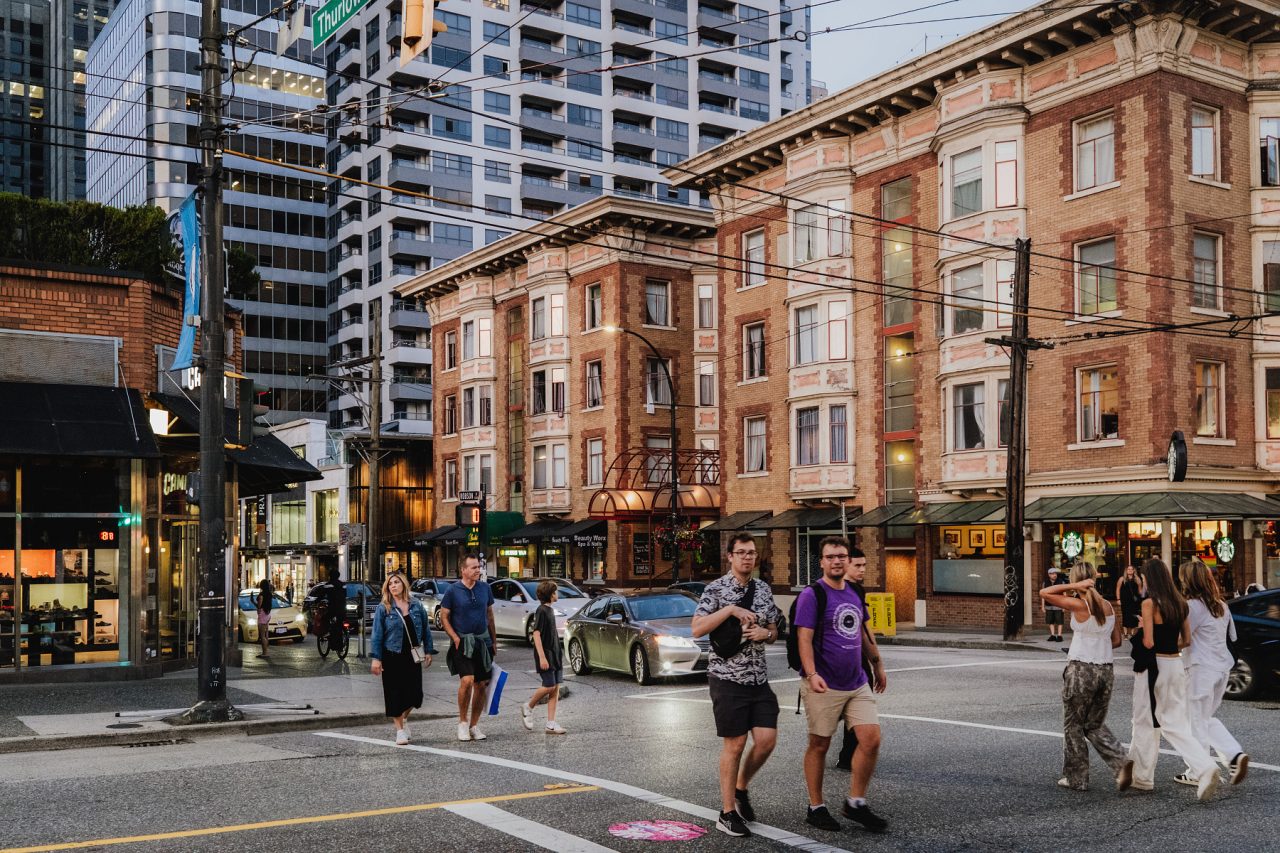
Vancouver is a rainy city that is not worth visiting in anything other than summer. But heavy rains from autumn to spring are what make the whole city so lush. Even in summer, the rainfall is something to be reckoned with. Even so, you are likely to enjoy a very pleasant climate and temperatures that rarely exceed 30 degrees Celsius in summer.
3. Bjelašnica National Park, Bosnia and Herzegovina
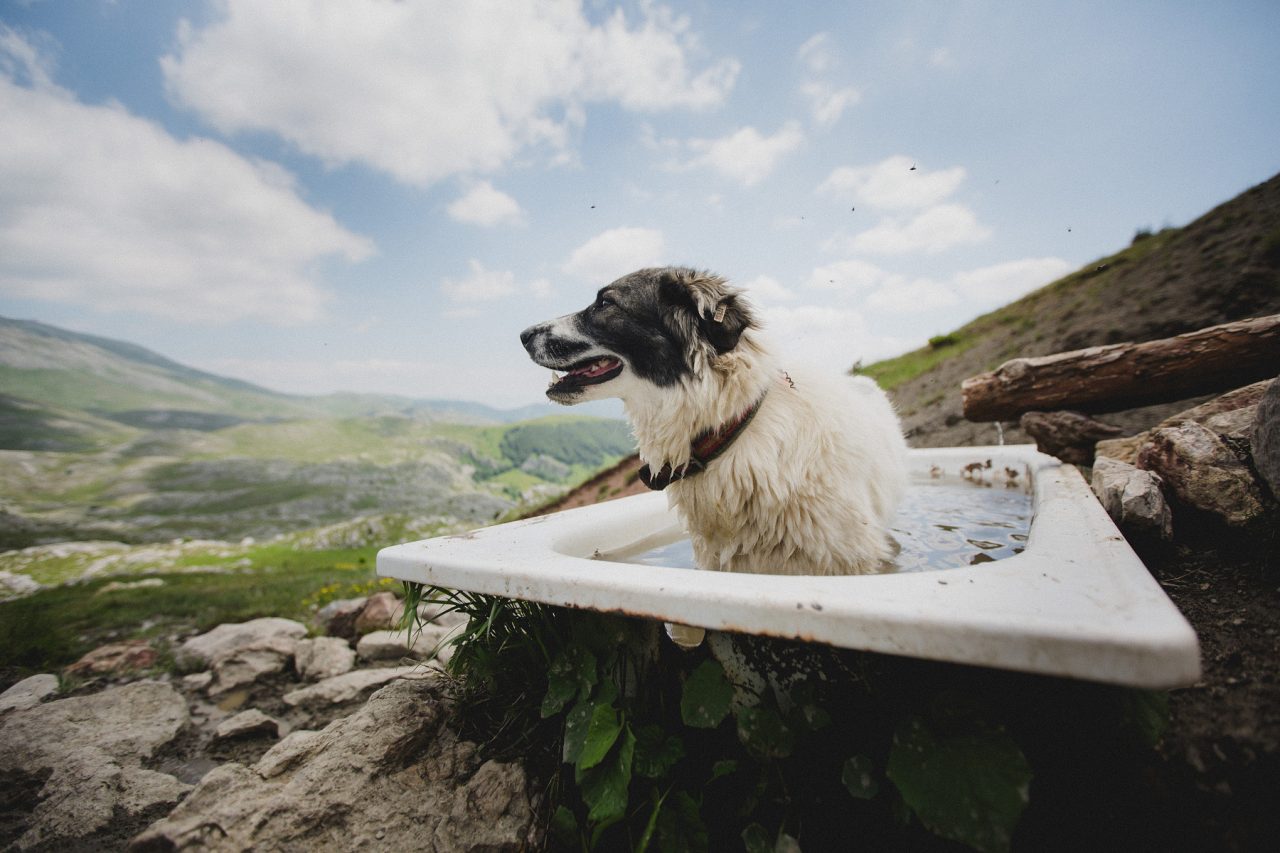
Just an hour and a half from Sarajevo, Bjelašnica National Park is easy to reach and full of character. Its namesake peak is also the highest peak in the country. What makes this park special is its culture. You’ll find traditional shepherd dwellings and a living pastoral heritage. At 1,450 meters, the charming and photogenic village of Lukor is the highest village in the country.
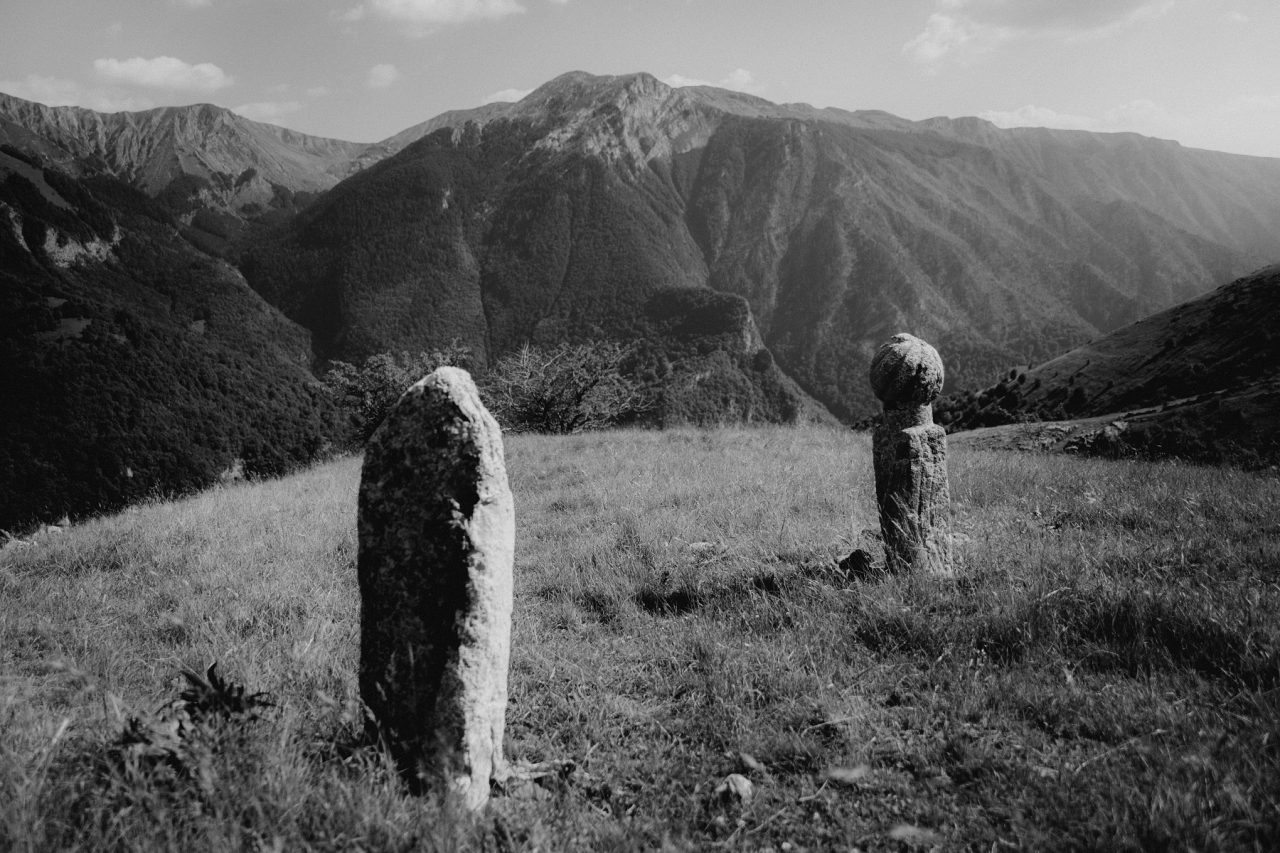
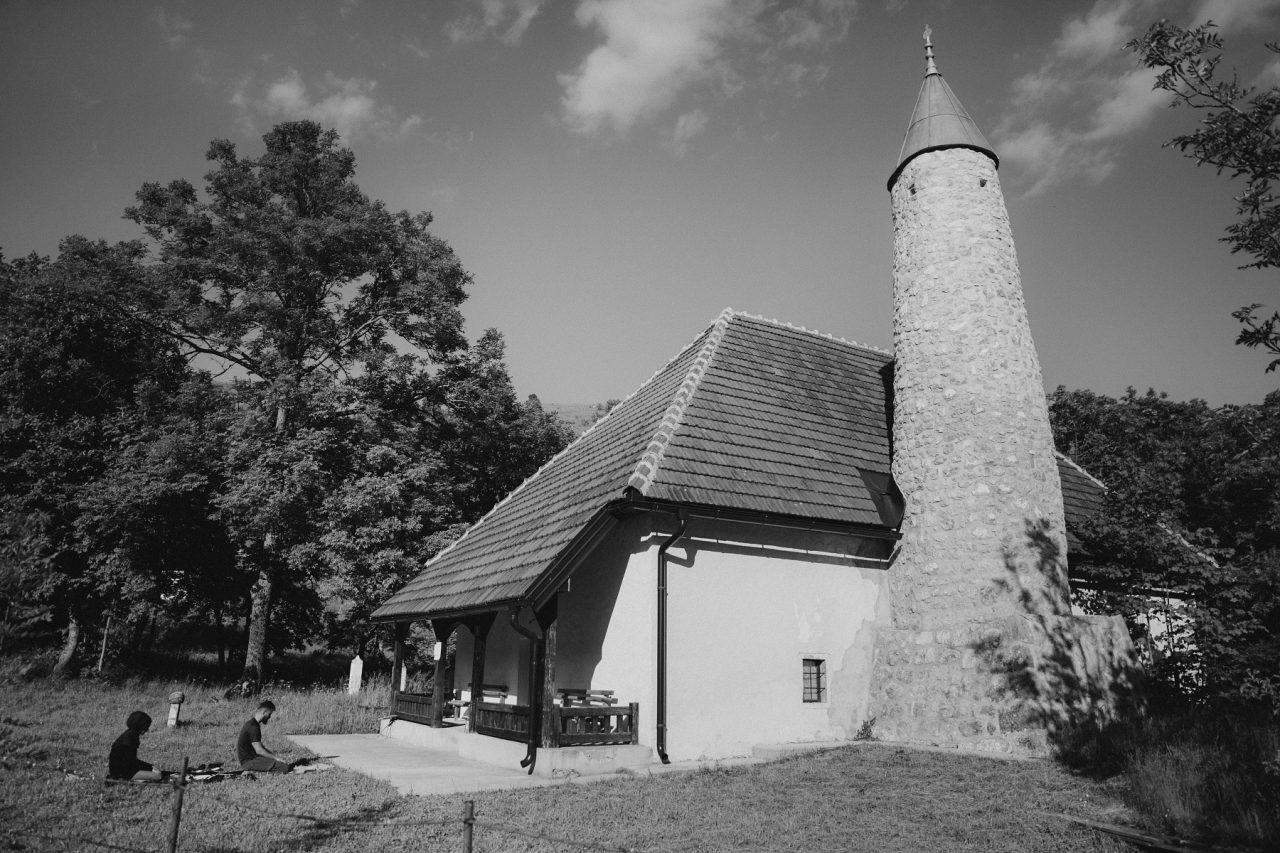
Many of the local villages (such as Lukomir and Čuhovići) are Muslim and, due to their isolation, have preserved their unique customs, folklore, and dialect. Everything is adapted to the rugged mountain climate. If you hike around the area, you may come across historical tombs or stone mosques, such as this one in the village of Umoljani.
4. Piz Boè—Dolomites, Italy
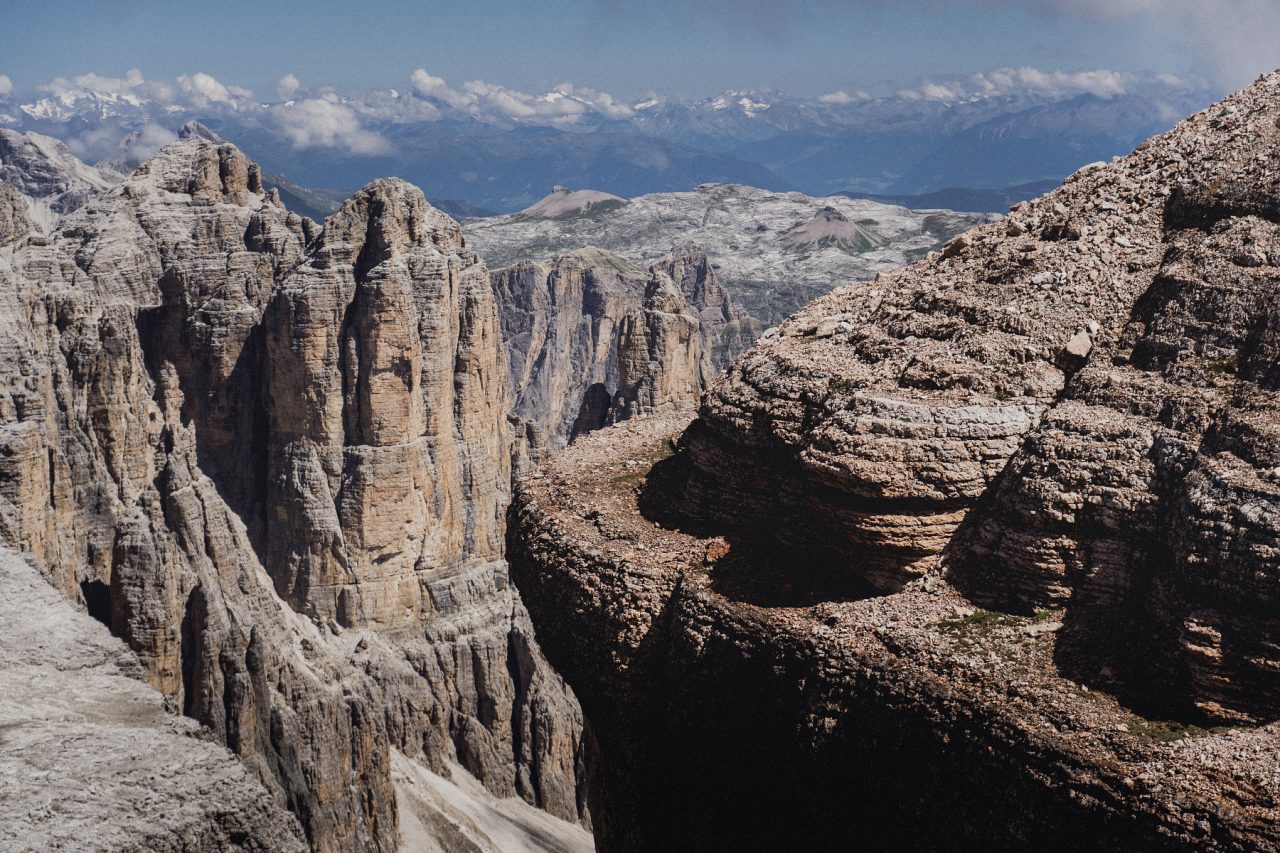
Piz Boè is considered the easiest 3,000-meter peak in the Dolomites. At 3,152 meters, it’s the highest summit in the Sella group and the only one over 3,000 meters. The ascent isn’t difficult, and there’s even an option to take the cable car, but the views are phenomenal. It’s not yet overrun with tourists, but the earlier you go, the better. Morning light in particular can illuminate this rugged mountain landscape in an interesting way.
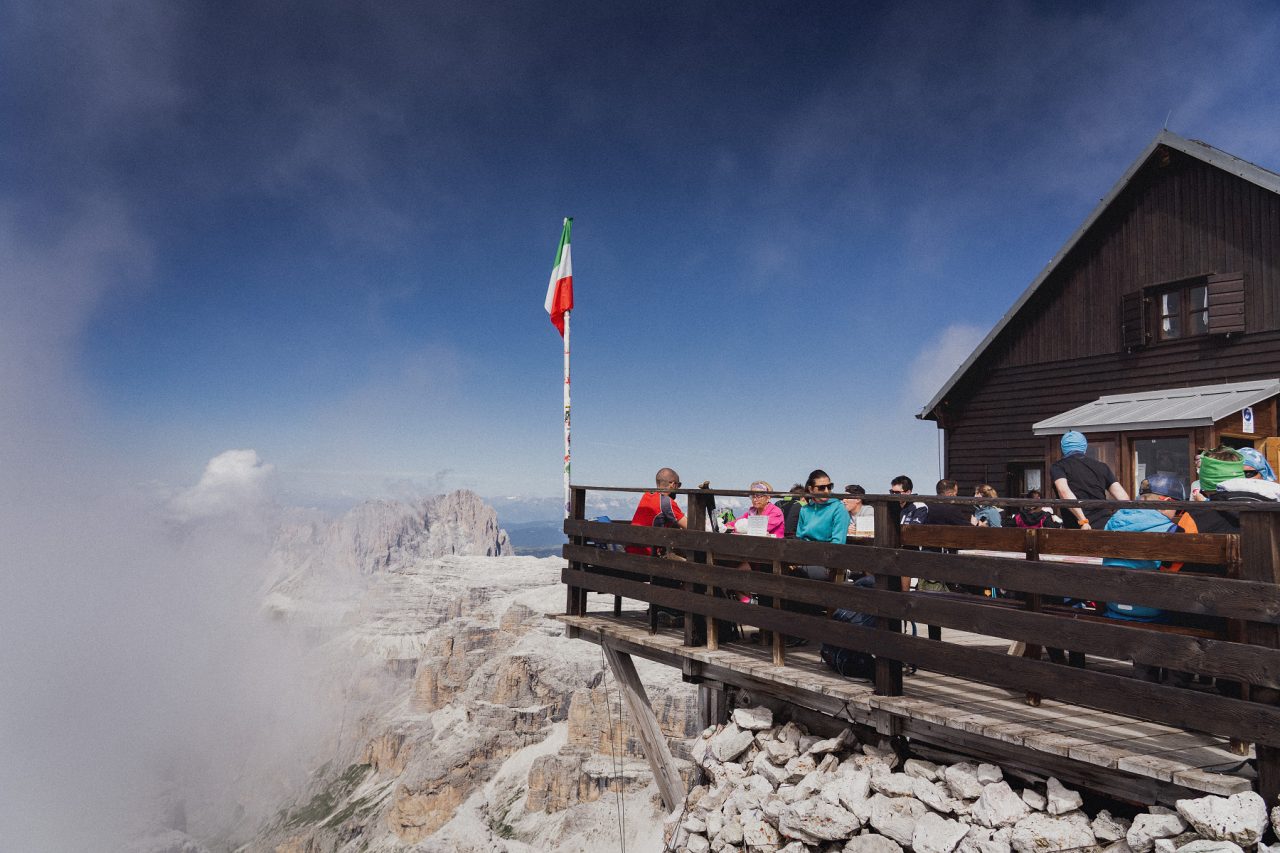
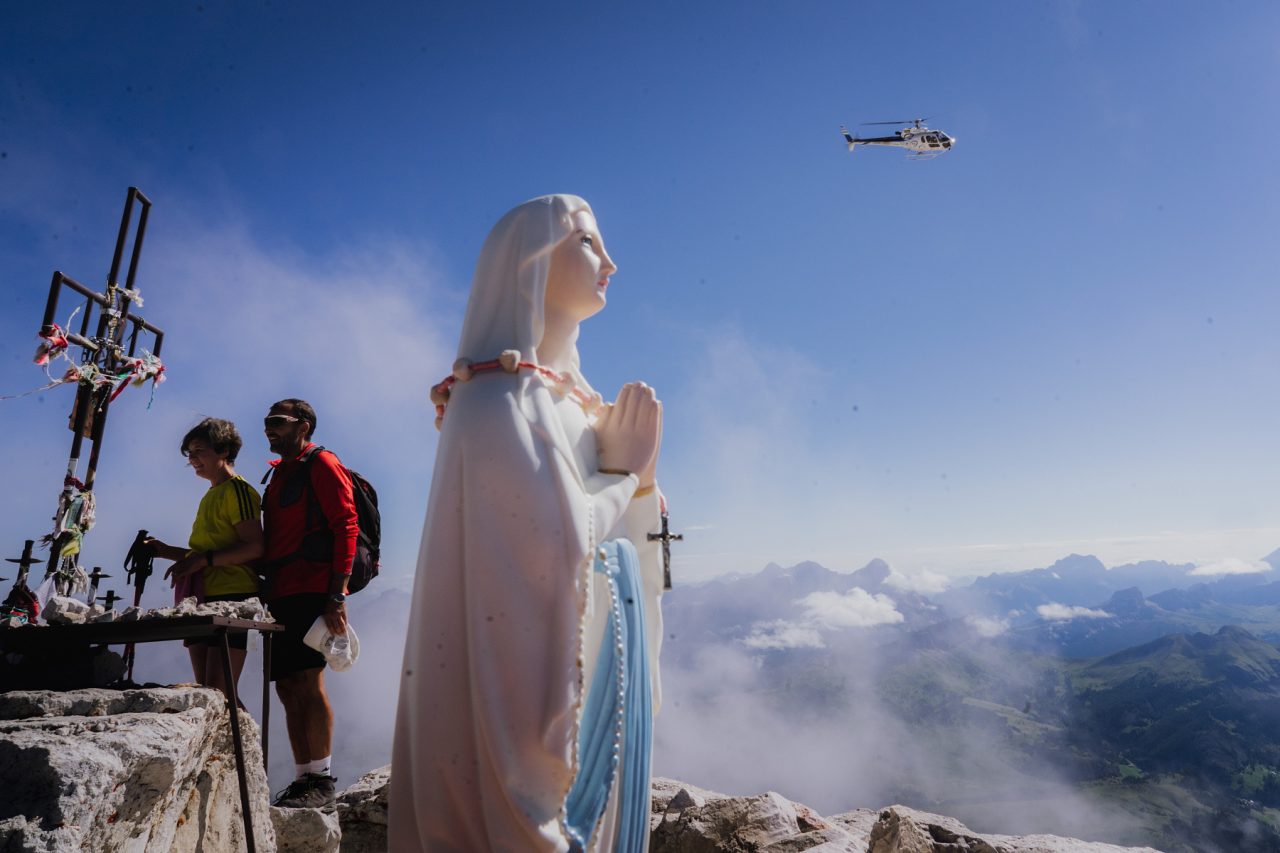
Below the summit, there’s a spot to rest and take more photos. The upper terrain resembles a lunar landscape. Unlike many other 3,000m peaks, Piz Boè is usually free of any significant snow cover in July. Still, always check the current condition before beginning your climb.
5. Low Tatras, Slovakia
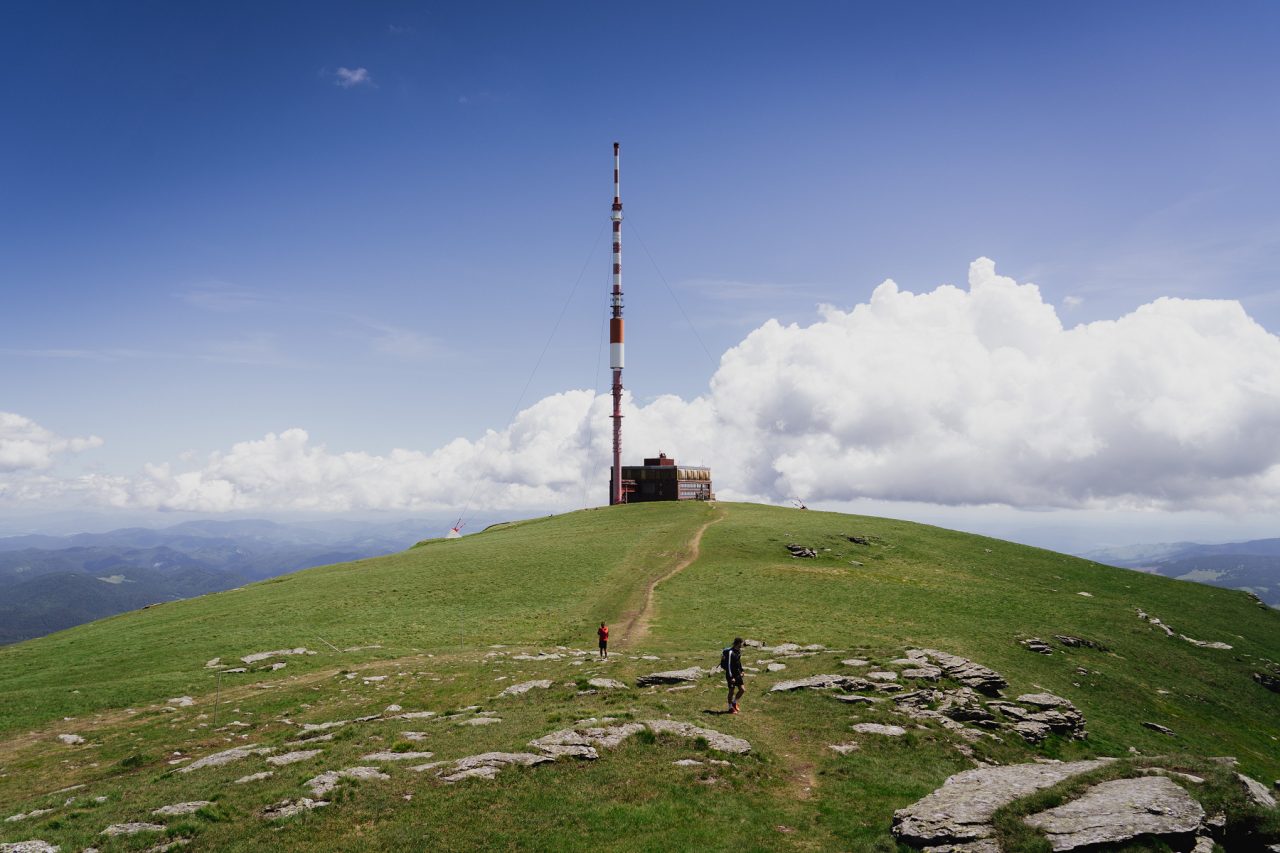
The High Tatras are already packed with tourists in July, but the Low Tatras remain surpassingly quiet. Králova Hola may be one of the most popular peaks, but if you continue further along the ridge, crowds thin out and the views just keep getting better. You can continue to the cozy Andrejcová mountain hut, where you can spend the night.
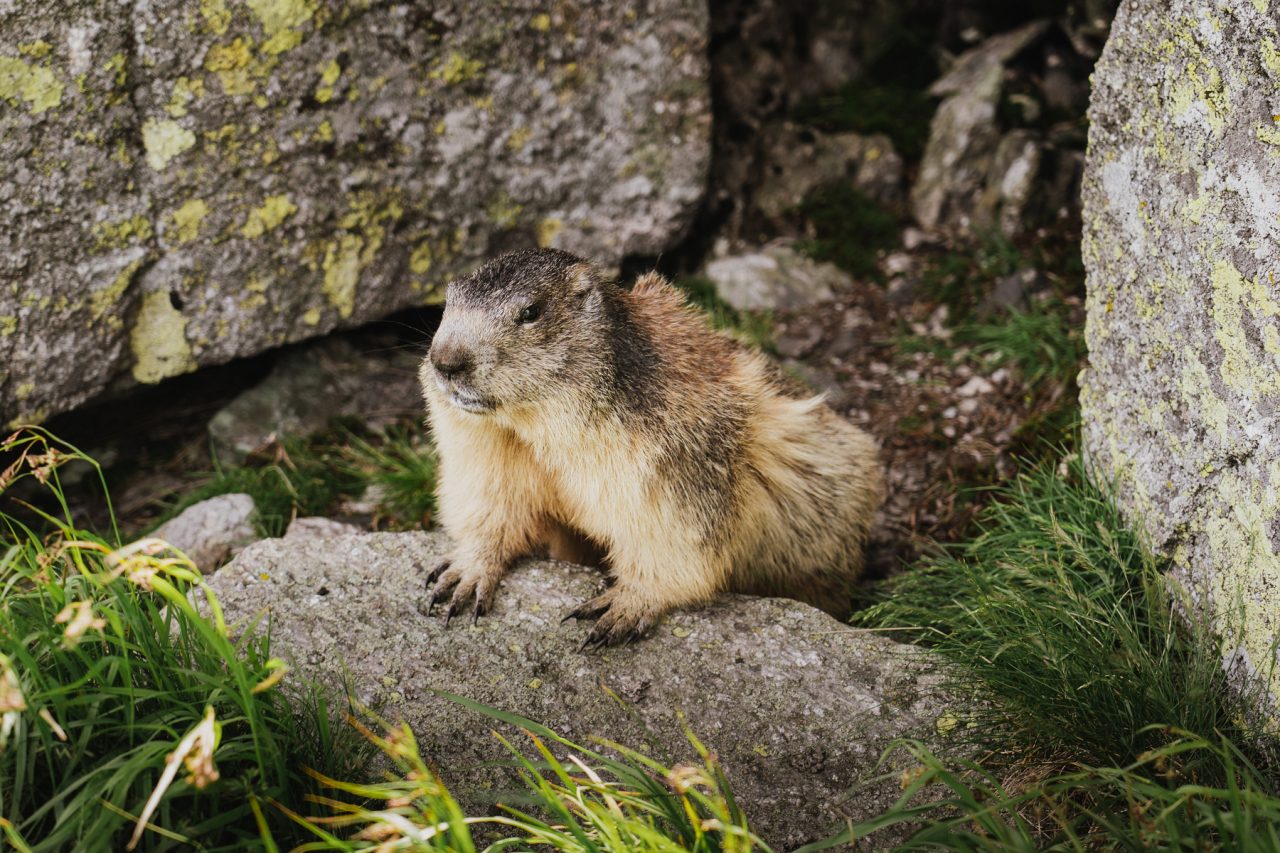
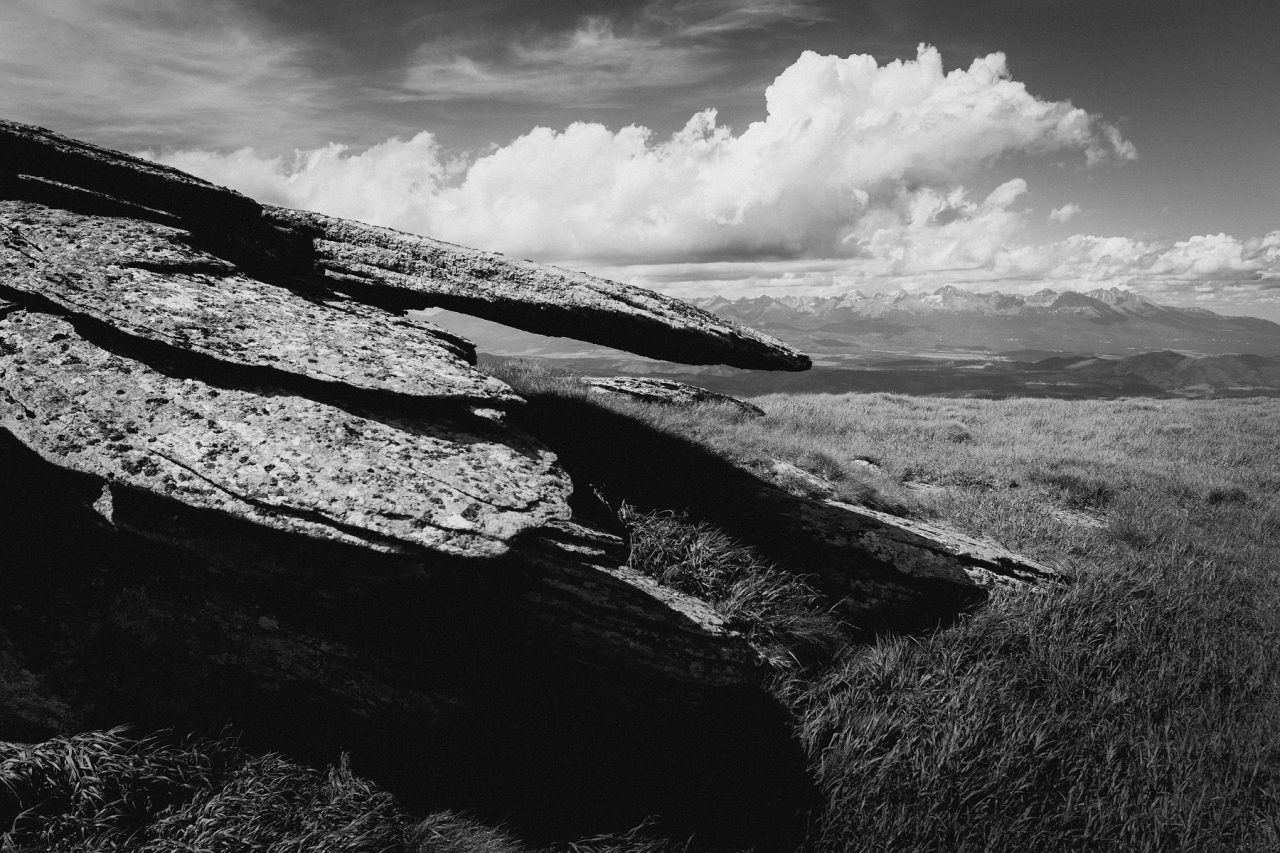
If you have four or five days, consider hiking the full 100-kilometer ridge. The variety of landscapes, wildlife, sunsets, and sunrises, not to mention the unexpected encounters with other people, can give you plenty of far more interesting photos than you’d get on a simple day hike.

There are no comments yet.